Getting Tiny houses approved as habitatable dwelling units on your property
Getting a Tiny House installed legally on a property is often possible, once you know how. The Tiny Home Industry Association (THIA) works with states and communities to help them realize there is a new trend towards smaller homes, and to find creative ways to make sure having one on your property is legal. They are a great advocate for Tiny Home owners across the USA, and work hard to get the law changed where needed, and to give people access to this affordable type of home.
To avoid being labeled as trailers or park homes, Tiny Houses on wheels still need to use standards available nationally related to the RV industry, and additional state laws typically require that they look like similar to standard homes, and perform more like them as well, often including certain criteria like minimum insulation levels. Basically, they need to fall more under the umbrella of a 'home' rather than an RV to ensure they are more suitable for long-term living rather that short term, as is the case with recreational vehicles.
States that are in the process of making tiny houses on wheels (THOWs) legal include – Maine, Minnesota, Missouri, Florida, Texas, Colorado, Oregon, Washington, North Carolina. We've written about many of these states passing new laws to legalize Tiny Homes.
As more states adopt laws to legalize THOWs, there are national standards that are developing organically as states borrow language to create their own new ordinances, such as the state of Maine that just adopted almost verbatim what was put into law recently in Los Angeles. However, not all cities welcome this growing housing trend, so before you look for tiny homes for sale near you, read this article.
Right now most cities make them legal as ‘accessory dwelling units’ or ADUs. The next phase will be to push for Tiny Houses to be stand alone units on smaller lots, or bunched together as a part of a Tiny House community. Just like the accessory dwelling unit language, this movement should snowball in the same manner as communities borrow from each other to advocate for making tiny homes legal.
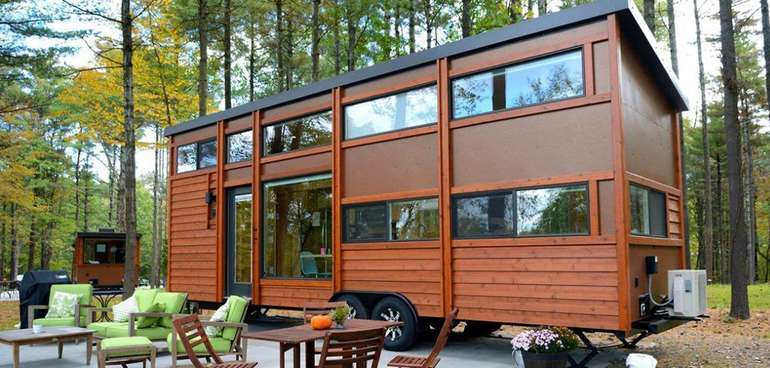
What regulations and laws will we be held to by permitting the home as an ADU?
In general, cities and counties are viewing any place where they already allow ADUs, as acceptable for moveable tiny houses. As an example of that, you cannot put an ADU in a front yard, so Tiny Houses as well need to respect the aesthetics of a neighbourhood and be parked in a manner that helps them blend in.
What are acceptable Tiny House hookups for parking a THOW on your property?
Most cities and counties insist that a Tiny Home be able to hook into city water, sewage and electric system. In some counties with more rural areas, they allow tiny houses to use existing septic systems. This is up to the environmental health department of counties and is generally decided on a case-by-case basis.
As it relates to electricity, standard requirements for California have been to bury electrical hookups 16 inches down, otherwise the home should have an independent photovoltaic solar panel system.
Practically speaking, occupants tend to find that given the low consumption of electricity required to power a Tiny Home, the cost of setting up a solar array is usually far too high and that it would take too long to recoup the investment. Tiny houses with solar panels are more commonly seen with homes where there is no access to grid power; they also tend to include home batteries or at least some kind of power storage arrangement.
What are the setup costs of a Tiny House?
Each city has their own different requirements, so costs would vary. Most cities require some variation of the following points:
- Tiny Houses must be seated on a pad of some kind, be it concrete, asphalt, flag stone or compacted stone.
- They want it to be safely hooked to the water and sewer system of the main house, with power lines trenched unless the house is powered by solar panels.
- Units must be skirted with wheels hidden. Some communities require the skirting to be fireproof as well to avoid any embers from blowing underneath.
So, the full costs is obviously hard to pin down as it will change by location as it needs to meet regulations so you can put a Tiny House on your property, but one thing for sure is that is will be much cheaper than the cost of a foundation.
Will there be requirements for tiny houses to be tied down?
No laws so far require Tiny House tie downs. However, building in earthquake or tornado risk areas it is still a wise idea. A good addition to any Tiny House design would be the addition of ‘D rings’ attached to the trailer bed itself, to facilitate it being strapped or bolted to anchor mounts in the pad, or by using earth anchors.
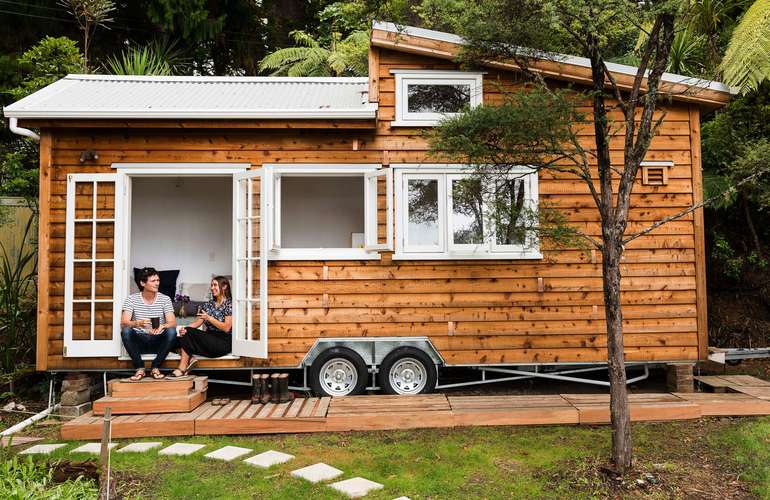
As for what we think is the best type of Tiny House installation?
We suggest you raise it up so the wheels are off the ground to prevent dry rot, then drop it on piers and strap it to ground mounts. In the case of earth quakes, (all but ‘the big one’) a tiny house on wheels that gets shaken off its piers would most likely land fairly gently on its pad if its only a few inches off the ground.
What plans would you need to submit to get a Tiny House permit for my property?
These THOWs themselves will usually need to be signed off on by an independent inspector that certifies that they are built to meet city ordinances.
You don’t need to submit plans for the structure itself, the plans you submit would need to be for the pad and service hookups, inspectors aren’t looking at the unit itself or its construction method and quality.
A moveable tiny house can be permitted and installed on your property in as little as 90 days, where a stick built Tiny House or Coach House can take up to 24 months to go through the permitting and construction phases. Expect to pay an additional 20 to 30% for soft costs for a tiny house on a foundation rather than hooking up a Tiny House on wheels.
Do Tiny House builders need to be RV certified?
No, Tiny House builders do not need to be RV certified, but the unit itself must be certified to 1192 of the NFPA code or 119.5 of the ANSI code. In areas that allow it, there are a number of independent and licensed third-party firms that will carry out inspections during the construction process.
On third party inspectors – IS NOAH an acceptable certifying body? (National organization of alternative housing)
Third party inspectors are allowed in some counties and cities, but this as well is on a case-by-case basis. Before you hire a builder or build a Tiny House on your property, find out the local requirements and build in accordance with those. And be sure that any certification company you use is approved by the city. It is very important to do your research up front. A simple example – the requirements for fire escape windows can differ from one county to another. To ensure a hassle-free and successful build, either you or your builder must be aware of local regulations to avoid costly mistakes or having to back track to make changes.
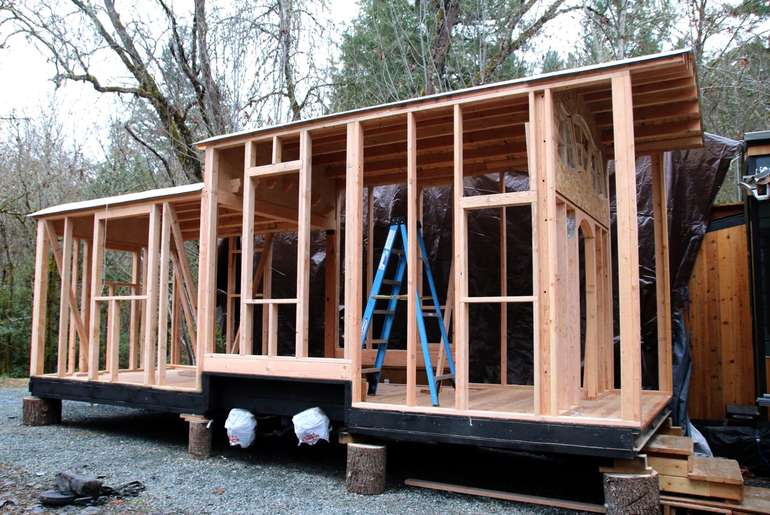
How do I find my local Tiny House regulations?
The THIA website has information state by state, but it would be very difficult for them to stay on top of it. There are only 50 states, but there are over 89, 000 municipalities in the US, so it is simply impossible to stay up to date on current local laws.
As someone putting a tiny home on their land, you must make sure your builder knows the local requirements and processes. Always get it in writing that the unit they are building will meet the requirements of where they plan to seat the home. So, you must ask builders the right questions but also do your own research.
Be a Tiny Home Industry Association Member
You can become an independent member of THIA for $25, which gives you access to all the webinars and training programs, and also allows you to join a THIA members only Facebook group where owners and builders are sharing experiences and information to help others avoid pitfalls and navigate local laws.
Where do you start to build a Tiny House?
Before considering putting a Tiny House on your property, we suggest getting all the right information, because the local planning office may not be fully up to speed with the laws or requirements for putting an ADU, THOW or Tiny House on your property.
Fot more detailed information, there is a series of 3 workshops available through the THIA that you can download that will teach you how to navigate the process, and work with government officials to advocate for tiny homes in your region.
Find Tiny House-friendly local councillors or building officials, and start the dialogue with them about making Tiny Houses legal. if you get pushback on that, it is wise to contact THIA, they will help and come ‘close the deal’ in the interest of furthering the acceptance of Tiny Homes.
Now you know more about How to park a Tiny Home legally, find more pages about Tiny Houses and resilient green building techniques here :
Find more about green home construction in the EcoHome Green Building Guide or to learn more about the benefits of a free Ecohome Network Membership, see here. |
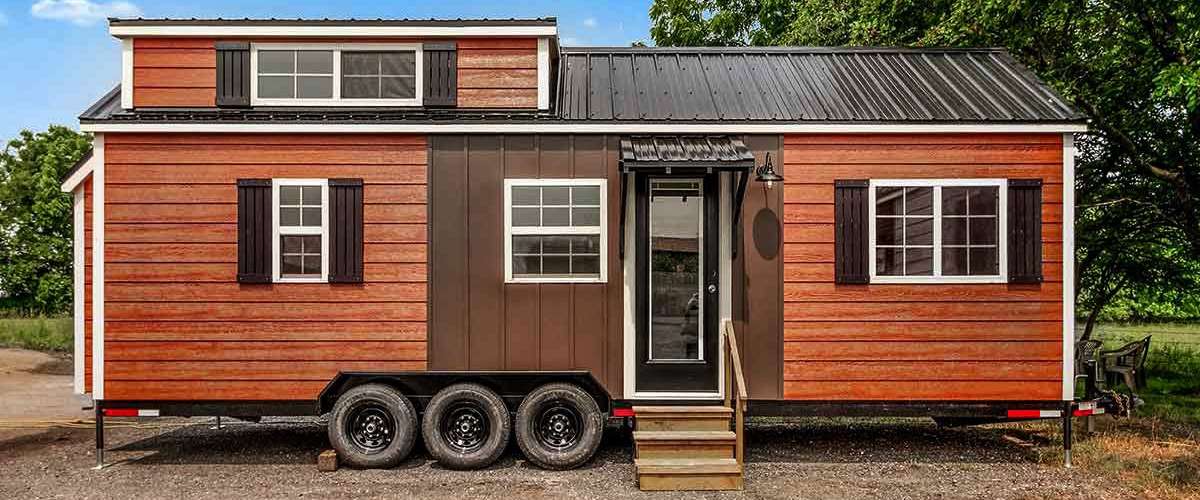















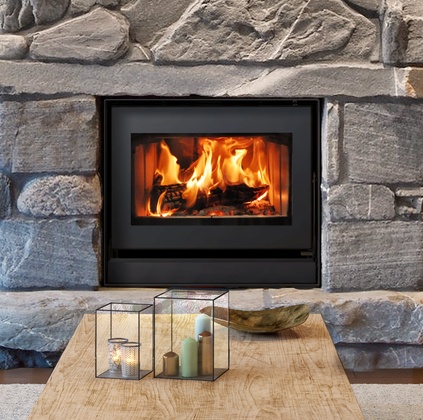

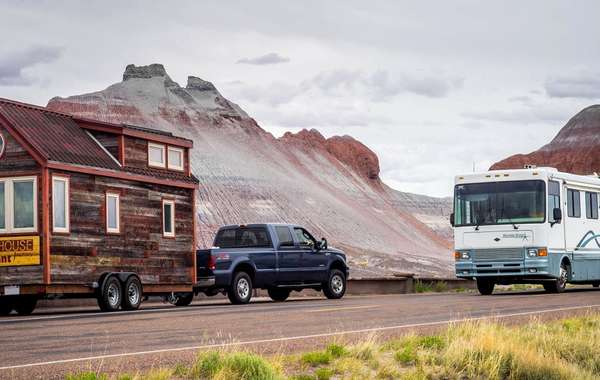
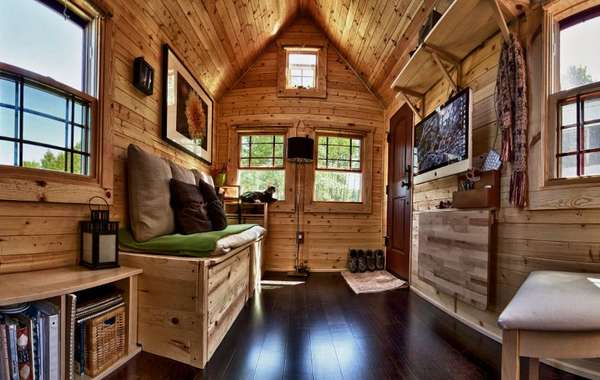
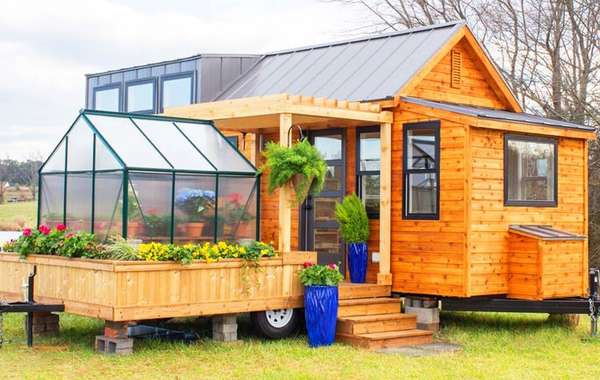
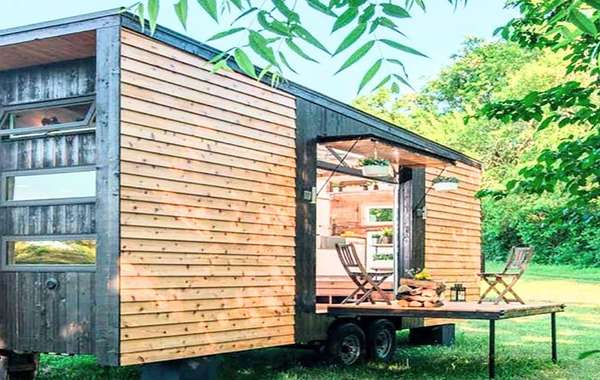
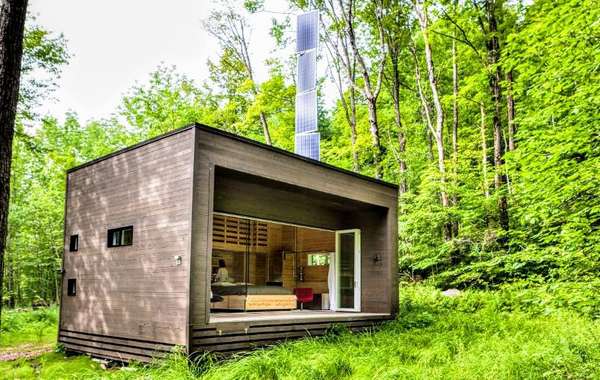
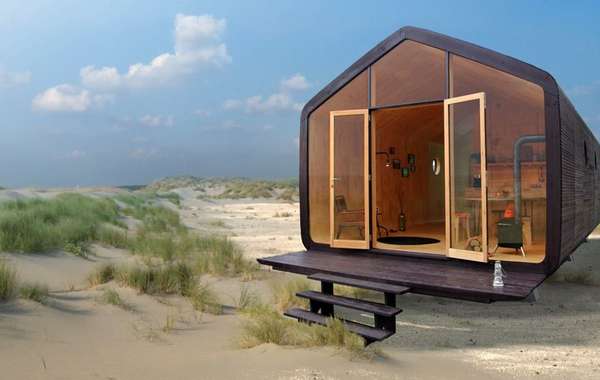
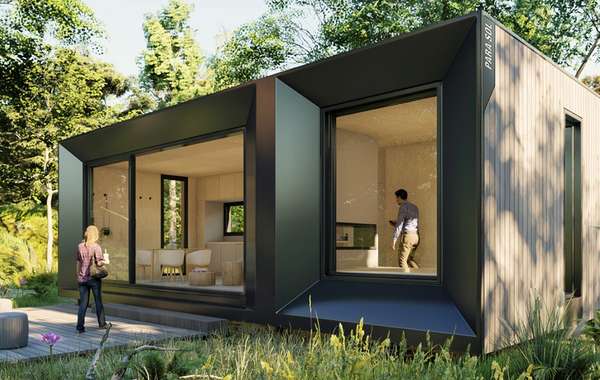
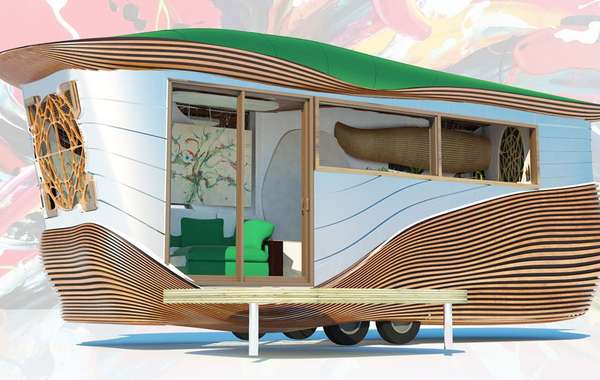
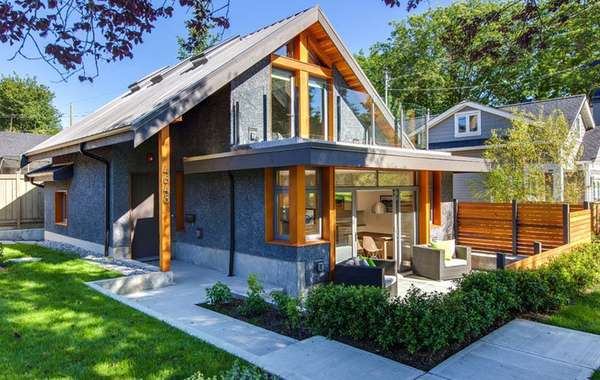

Comments (0)
Sign Up to Comment